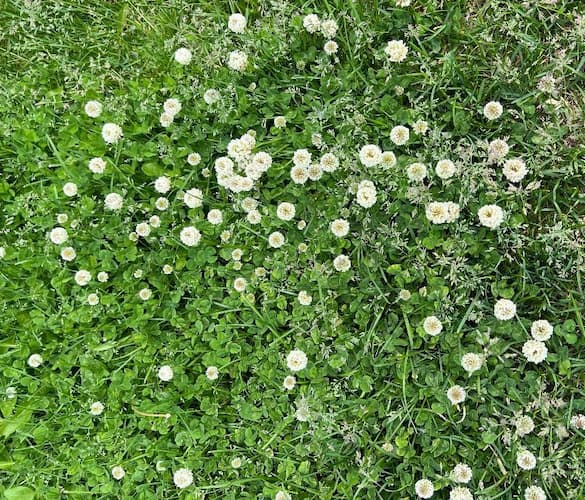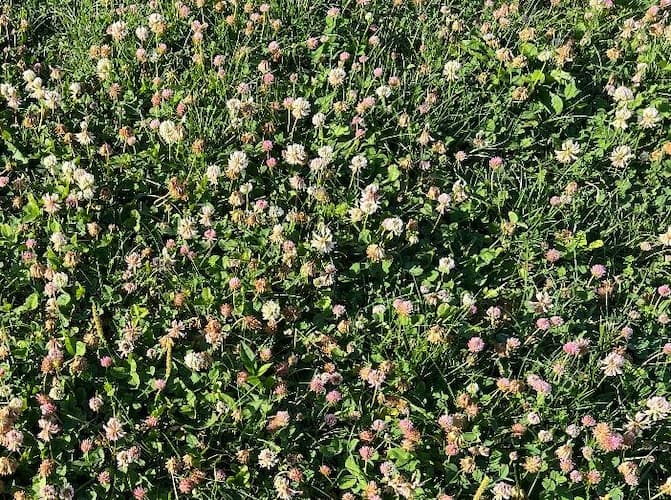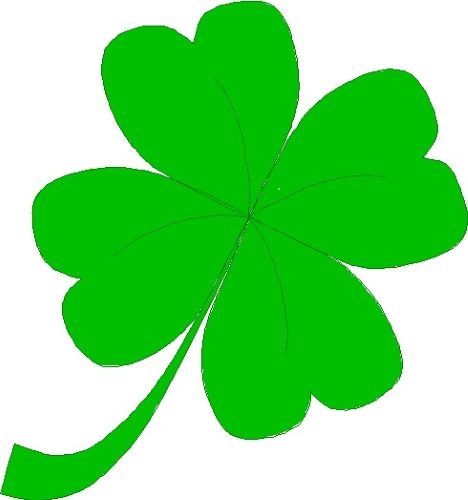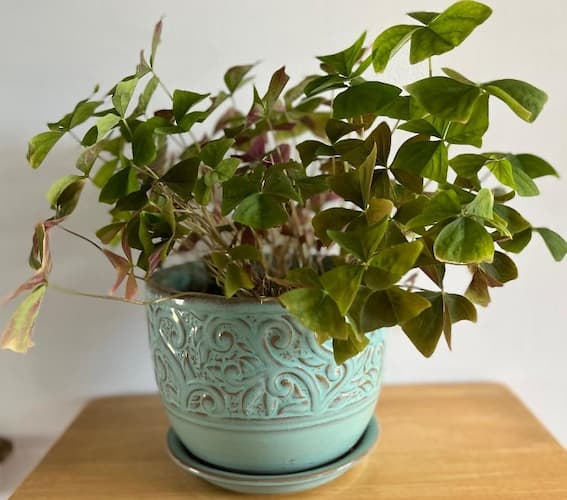How to Control Clover in the Lawn and Garden

About Clover Weeds
Do you have clover weeds in your lawn or garden? Most of us do. To just about everyone, it is considered a weed. This is true whether it is in your lawn or the garden. About the only people who like it are farmers and those in search of the uncommon yet lucky four-leaf clover. However, for most of us, clover weeds in the grass are unwanted plants that compete with the desired lush lawn grasses. As a result, controlling it in lawns is a major task for homeowners like you and me.
There are several varieties. White and red varieties are most common in lawns. Red clover has red, pink, or purple flowers. Aside from flower color, the two types are very similar in all other ways. Most leaves are three-petaled. If you happen to find a rare four-leaf clover it is your lucky day. Indeed, they are quite rare. It is estimated that only 1 in 10,000 leaves are four-leaved. Read on for more interesting clover trivia and facts.
While homeowners think of it as a hardy weed, farmers use annual varieties as a winter cover crop. It provides erosion protection for fields. And, its’ nitrogen-fixing qualities are good to replenish the soil. Also, livestock eats it.
Did you Know? Seed companies once included clover in grass seed mixtures. Its deep tap roots make it drought-tolerant, allowing it to remain green during periods of drought, while lawn grasses turn brown and go dormant.
Flower Colors: White, red, pink, or purple flowers, depending upon variety.
Flowers Bloom: June to September.
Plant height: 3 to 6 inches tall.
Soil Ph: 6.0 – 7.0
Botanical Name: Trifolium Repens
Medicinal and Culinary Uses of Clover
Clover salad anyone!? All parts of the plants are edible, either raw or cooked. The leaves are used in salads and soups. It adds color to foods. The flowers have a slightly sweet taste. So, if your lawn is untreated, it is perfectly okay to grab some fresh clover for your salad. Try it tonight!
Clover flowers attract honeybees. The honeybees use nectar to make tasty clover-flavored honey.
This plant has medical benefits, too. Make clover tea to fight fever. It helps to cleanse wastes from the lymph system and improves blood. It can help to avoid or ease upset stomachs. And, it provides cancer protection as well as helps to lower cholesterol.

How to Control Clover in Lawns
Most homeowners strive to eliminate clover in their lawns. We say “most” as some people actually promote clover in their yard. This is especially true, in drier regions of the country.
For those who want to know how to control clover in lawns, try these methods:
Maintain a healthy, fertile lawn – A thick, healthy lawn makes it more difficult for weeds of any kind to take root.
Cut the lawn at a higher setting – This chokes out unwanted weeds.
Vinegar and dish soap – Use this as an organic herbicide.
Hand pick (or dig up) weeds – It is a tedious yet successful method for small amounts of weeds.
Chemical controls – It is very effective. However, it is not environmentally friendly.

Clover Trivia
Here’s a little clover trivia to help make you the expert on this subject:
- Four leaf clover is very rare! It is estimated that only 1 in 10,000 clover leaves are four-leaved.
- The four leaves stand for faith, hope, love, and luck.
- One plant produces between 14,000 to 350,000 seeds.
- The seeds remain viable in the soil for up to 14 to 20 years.
- Seed companies once included clover in grass seed mixtures.
- Only one in 10,000 leaves are four-leaved.
- The Irish word for clover is “Shamrock”.
- Shamrocks are not the national symbol of Ireland. Surprisingly, it is the harp.
- Clover is native to Europe. But, it has spread its roots all over the world.
- All parts of the plant are edible. There are dozens of clover recipes online.
- It makes a great houseplant.

Clover Plant Propagation
The plants are propagated from seeds and through the spreading of their stolons (root offshoots). Existing plants spread rapidly, if unchecked.
To control clover in the lawn, if possible cut the lawn at a level that cuts the flowers off before they get a chance to produce seeds.
One plant produces between 14,000 to 350,000 seeds. And, the seeds remain viable in the soil for up to 14 to 20 years. Once the seeds are in the lawn soil, it takes years to completely eradicate the plants.
Additional Resources
People who like this article will also like:
World Find a Four Leaf Clover Day – Finding one will make your day.
More about Weeds – Certainly as gardeners know, there’s no shortage of weeds in the home garden.
Please support our site. Shop for:
- rmmatthews100@hotmail.com
- 585-721-6528
- Rochester, NY
©1999-2024 GardenersNet.Com, All Rights Reserved

